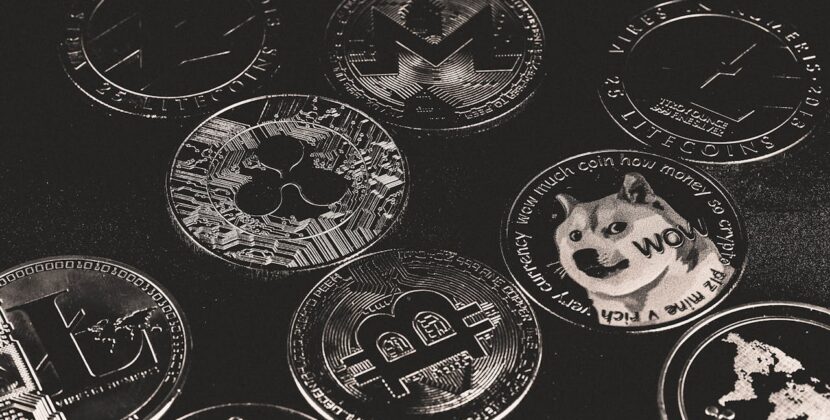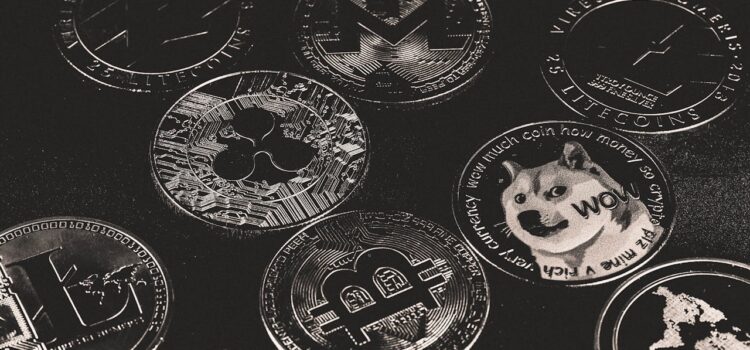
Ethereum, launched in 2015 by Vitalik Buterin and a team of developers, represents a significant evolution in the blockchain landscape. Unlike Bitcoin, which primarily serves as a digital currency, Ethereum is a decentralized platform that enables developers to build and deploy smart contracts and decentralized applications (dApps). This capability has positioned Ethereum as a foundational layer for a myriad of innovations in the blockchain space.
The Ethereum network operates on its native cryptocurrency, Ether (ETH), which is used to facilitate transactions and computational services on the platform. The architecture of Ethereum is built around the concept of a Turing-complete programming language, allowing developers to create complex applications that can execute automatically when certain conditions are met. This flexibility has led to the proliferation of various projects across different sectors, including finance, gaming, supply chain management, and more.
As the second-largest cryptocurrency by market capitalization, Ethereum has garnered significant attention from investors, developers, and enterprises alike, making it a focal point in discussions about the future of blockchain technology.
Ethereum 2.0, also known as Eth2 or Serenity, represents a monumental upgrade to the existing Ethereum network. The transition from a proof-of-work (PoW) consensus mechanism to proof-of-stake (PoS) is one of the most significant changes introduced in this upgrade. PoW, while secure, is energy-intensive and has raised concerns regarding its environmental impact.
In contrast, PoS allows validators to create new blocks and confirm transactions based on the number of coins they hold and are willing to “stake” as collateral. This shift not only enhances energy efficiency but also aims to improve the scalability and security of the network. The phased rollout of Ethereum 2.0 began with the Beacon Chain launch in December 2020, which introduced PoS and laid the groundwork for future upgrades.
Subsequent phases will integrate shard chains, which will distribute the network’s load across multiple chains, significantly increasing transaction throughput. This scalability is crucial as Ethereum has faced congestion issues during periods of high demand, leading to increased transaction fees and slower processing times. By addressing these challenges, Ethereum 2.0 aims to solidify its position as a leading platform for decentralized applications and services.
If you’re serious about trading, it’s time to explore the ETH future options on MEXC. Futures allow you to magnify returns using leverage and trade both sides of the market. With Ethereum’s constant price action, it’s an ideal asset for futures trading. The platform provides technical tools, real-time prices, and flexible order types to support your strategy.
The Rise of Decentralized Finance (DeFi) on Ethereum
Decentralized Finance (DeFi) has emerged as one of the most transformative applications built on the Ethereum network. DeFi refers to a suite of financial services that operate without traditional intermediaries like banks or brokers, leveraging smart contracts to facilitate transactions directly between users. The DeFi ecosystem encompasses various services, including lending platforms, decentralized exchanges (DEXs), yield farming, and stablecoins.
The rise of DeFi has been fueled by Ethereum’s robust infrastructure, enabling developers to create innovative financial products that are accessible to anyone with an internet connection. One notable example of DeFi’s impact is the rise of lending platforms such as Aave and Compound. These platforms allow users to lend their cryptocurrencies in exchange for interest or borrow assets by providing collateral.
This peer-to-peer lending model eliminates the need for credit checks and lengthy approval processes typical in traditional finance. Additionally, decentralized exchanges like Uniswap have revolutionized trading by allowing users to swap tokens directly from their wallets without relying on centralized order books. The rapid growth of DeFi has attracted billions of dollars in assets locked within these protocols, showcasing the demand for decentralized financial solutions.
The Role of Non-Fungible Tokens (NFTs) on the Ethereum Network
Non-Fungible Tokens (NFTs) have gained immense popularity in recent years, with Ethereum serving as the primary platform for their creation and trading. Unlike cryptocurrencies such as Bitcoin or Ether, which are fungible and can be exchanged on a one-to-one basis, NFTs represent unique digital assets that cannot be replicated. This uniqueness makes them ideal for representing ownership of digital art, collectibles, virtual real estate, and even music.
The ERC-721 standard on Ethereum has become the backbone for NFT creation, allowing developers to mint tokens that carry distinct metadata. The explosion of interest in NFTs can be attributed to several high-profile sales and collaborations that have captured public attention. For instance, digital artist Beeple sold an NFT artwork for $69 million at a Christie’s auction in March 2021, marking a watershed moment for the NFT market.
Additionally, platforms like OpenSea and Rarible have emerged as leading marketplaces for buying and selling NFTs, further fueling this trend. The integration of NFTs into gaming ecosystems has also gained traction, with games like Axie Infinity allowing players to earn tokens through gameplay while owning unique in-game assets represented as NFTs.
The Potential for Ethereum in Web3 and Metaverse
As discussions around Web3 and the Metaverse gain momentum, Ethereum is poised to play a pivotal role in shaping these emerging digital landscapes. Web3 refers to the next generation of the internet characterized by decentralization, user ownership of data, and enhanced privacy. In this context, Ethereum’s smart contract capabilities provide a framework for building decentralized applications that empower users rather than relying on centralized entities.
This shift towards user-centric models aligns with the ethos of blockchain technology and presents opportunities for innovation across various sectors. The Metaverse, a collective virtual shared space created by the convergence of virtually enhanced physical reality and physically persistent virtual reality, also stands to benefit from Ethereum’s infrastructure. Virtual worlds like Decentraland and The Sandbox leverage Ethereum’s blockchain to enable users to buy, sell, and trade virtual real estate and assets using NFTs.
These platforms exemplify how Ethereum can facilitate immersive experiences where users can interact with one another and engage in economic activities within digital environments. As more companies explore opportunities within the Metaverse, Ethereum’s role as a foundational layer for these experiences is likely to expand.
Challenges and Opportunities for Ethereum in the Future
Despite its successes and innovations, Ethereum faces several challenges that could impact its future trajectory. One significant concern is scalability; while Ethereum 2.0 aims to address this issue through sharding and PoS, there are still uncertainties regarding how effectively these solutions will be implemented and adopted by the community. High transaction fees during peak usage periods remain a barrier for many users and developers looking to build on the platform.
Competing blockchains that offer lower fees and faster transaction times pose additional threats to Ethereum’s dominance. However, these challenges also present opportunities for growth and improvement within the ecosystem. The ongoing development of Layer 2 solutions such as Optimistic Rollups and zk-Rollups aims to alleviate congestion on the main chain by processing transactions off-chain while still benefiting from Ethereum’s security model.
Furthermore, as institutional interest in blockchain technology continues to rise, Ethereum’s established reputation as a leading platform positions it well to attract investment and partnerships that could drive further innovation. In conclusion, while Ethereum faces hurdles that require strategic navigation, its foundational role in DeFi, NFTs, Web3, and the Metaverse underscores its potential for continued relevance in an evolving digital landscape. As developers innovate and adapt to emerging trends, Ethereum’s ability to evolve alongside these changes will be crucial in maintaining its status as a cornerstone of blockchain technology.













